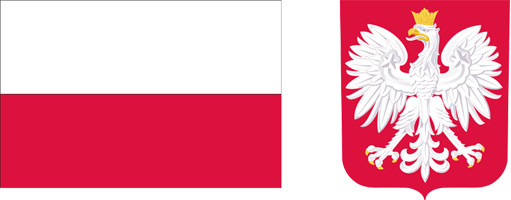Current issue
Archive
About the Journal
Aims and Scope
Advisory Board
Members of the Editorial Board
List of reviewers
Publishing process
Publishing Ethics and Malpractice Statement
Personal data protection (GDPR)
Creative Commons License
CrossRef Member / Similarity Check
For Authors
Call for papers
Guidelines for authors
Submitting a manuscript through the editorial system – step by step
For Reviewers
Peer review process
Guidelines for reviewers
Submitting a review – step by step
Contact
RESEARCH PAPER
GEOGRAPHICAL DELINEATION OF SUGAR MARKET BASING ON ELZINGA−HOGARTY METHOD
1
Szkoła Główna Gospodarstwa Wiejskiego
2
Związek Producentów Cukru w Polsce Warszawa
Acceptance date: 2016-03-04
Publication date: 2016-03-04
Zagadnienia Ekonomiki Rolnej / Problems of Agricultural Economics 2016;346(1):22-41
KEYWORDS
ABSTRACT
The aim of the paper was to define the geographical scope of the sugar market using the Elzinga−Hogarty method. For practical use of this method the authors made three assumptions: 1) sugar market was studied integrally, independently from type of sugar, its origin and kind of customer, 2) the European Union market treated en bloc was the starting point for the analysis, 3) LOFI and LIFO tests were established at the level of 90% (“strong” market). The authors used secondary data on sugar production, consumption, imports and exports on country and the EU level gathered for 2013 by the International Sugar Organization. Sugar market was defined by “adding” to each other subsequent national markets characterised by the highest trade exchange. The markets were added until the requirements for LOFI and LIFO tests were met at the level of 90%. The results of the research allow the authors to define the sugar market as a global market which consists of the EU area and 30 other countries in the world. Such market has production of 114 million tonnes, consumption of 110 million tonnes and small share of import and export at the level of 10.7 million tonnes and 11.4 million tonnes, respectively. The geographical definition of the sugar market determined in the paper is much broader than the ones used by the European Union and the Polish Office of Competition and Consumer Protection. The controversy about the geographical scope of the sugar market suggests the need for further research in the area.
Share
RELATED ARTICLE
We process personal data collected when visiting the website. The function of obtaining information about users and their behavior is carried out by voluntarily entered information in forms and saving cookies in end devices. Data, including cookies, are used to provide services, improve the user experience and to analyze the traffic in accordance with the Privacy policy. Data are also collected and processed by Google Analytics tool (more).
You can change cookies settings in your browser. Restricted use of cookies in the browser configuration may affect some functionalities of the website.
You can change cookies settings in your browser. Restricted use of cookies in the browser configuration may affect some functionalities of the website.



